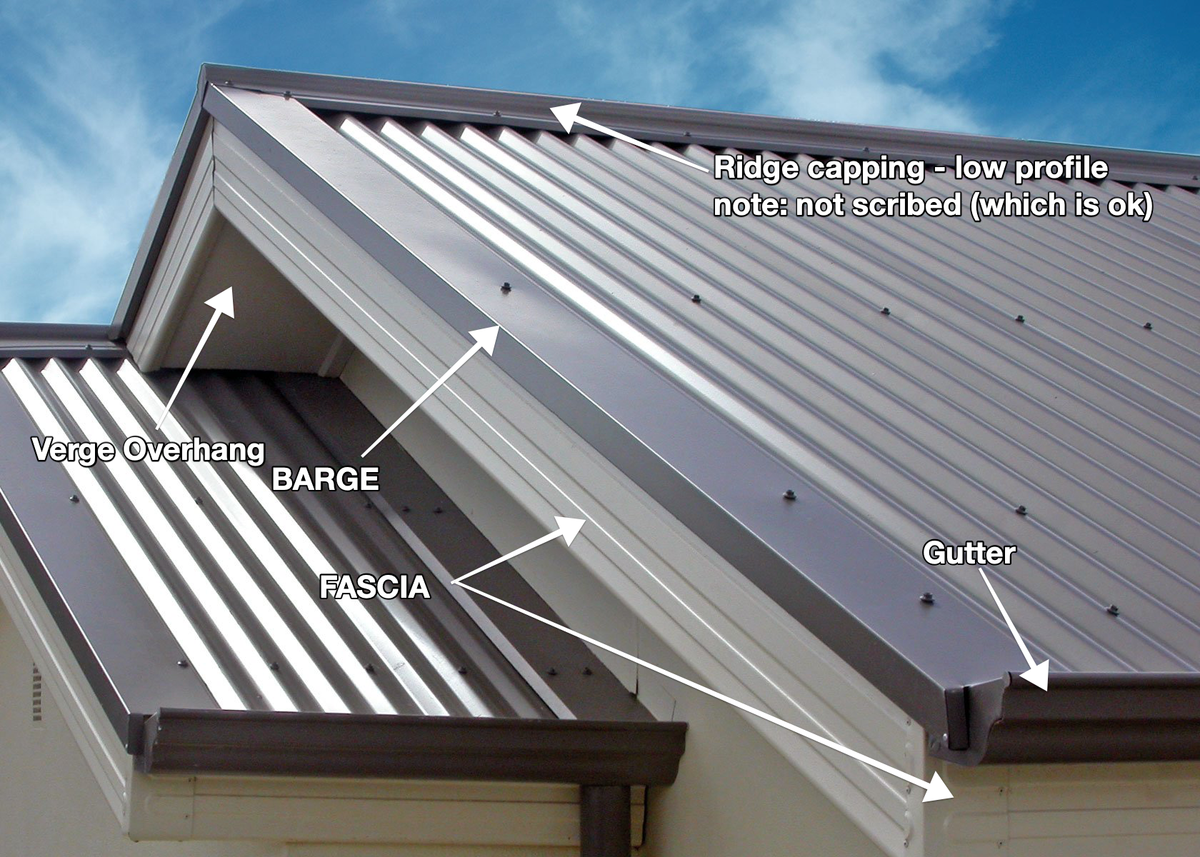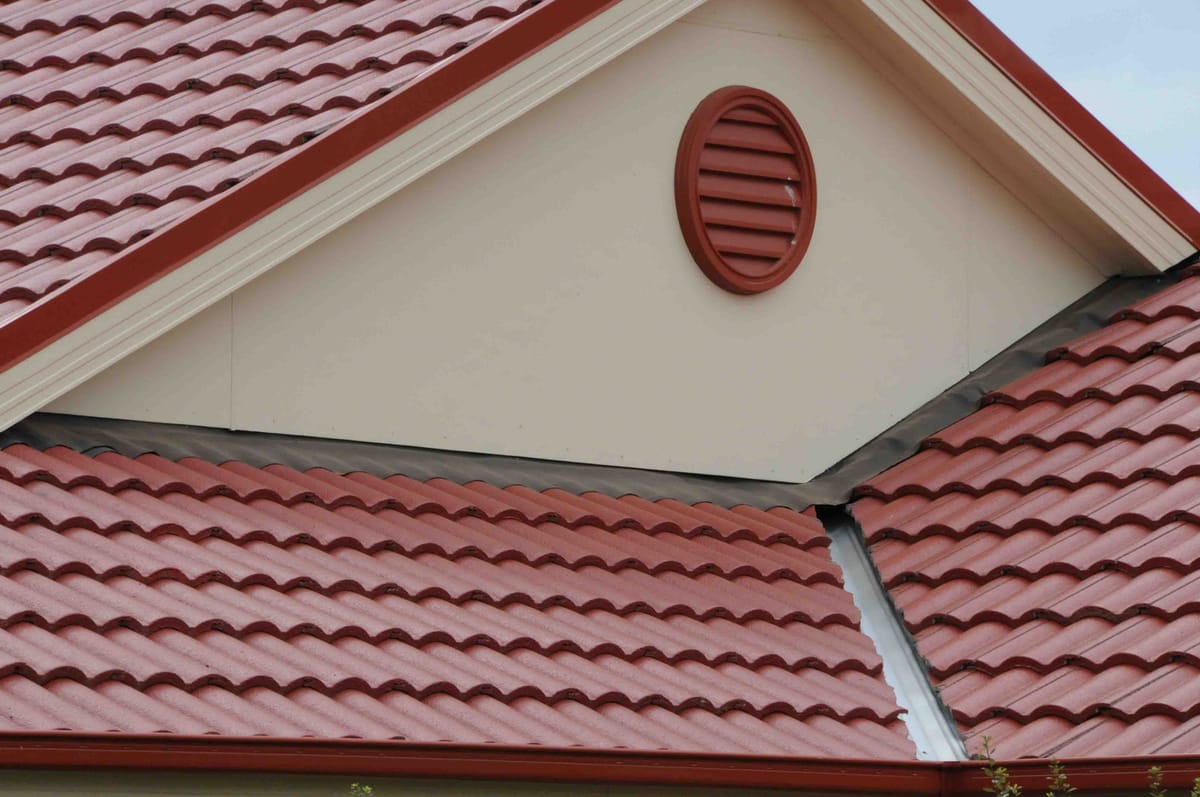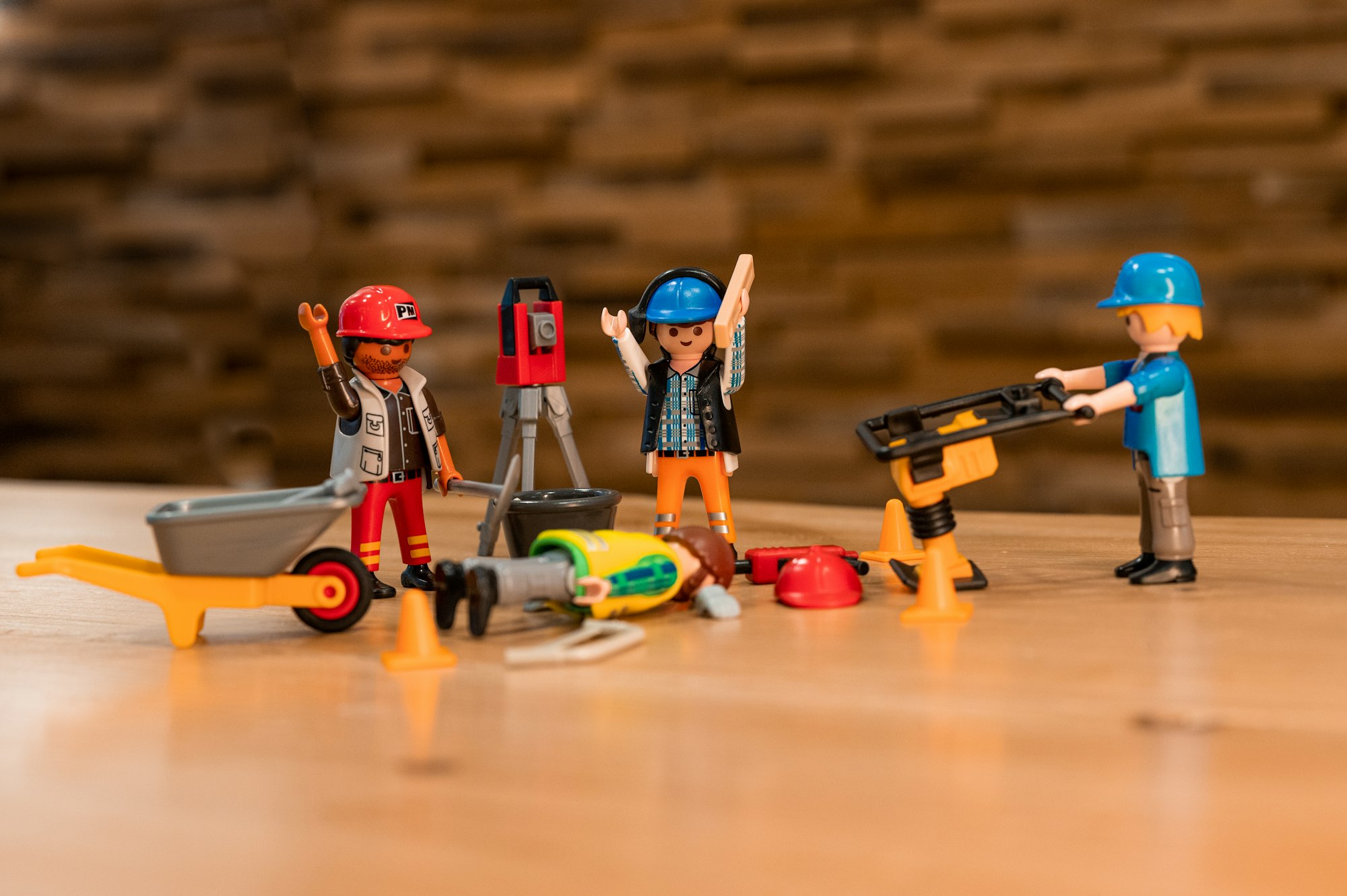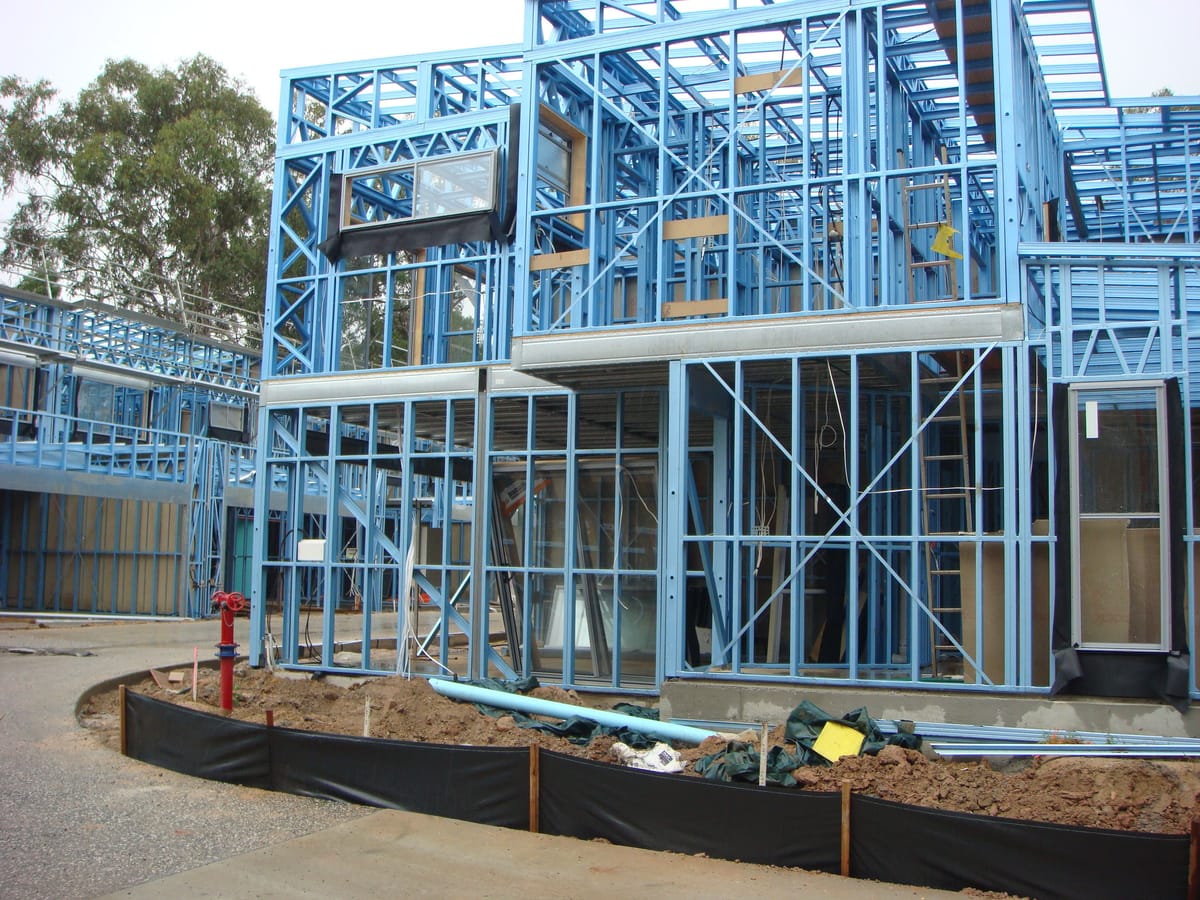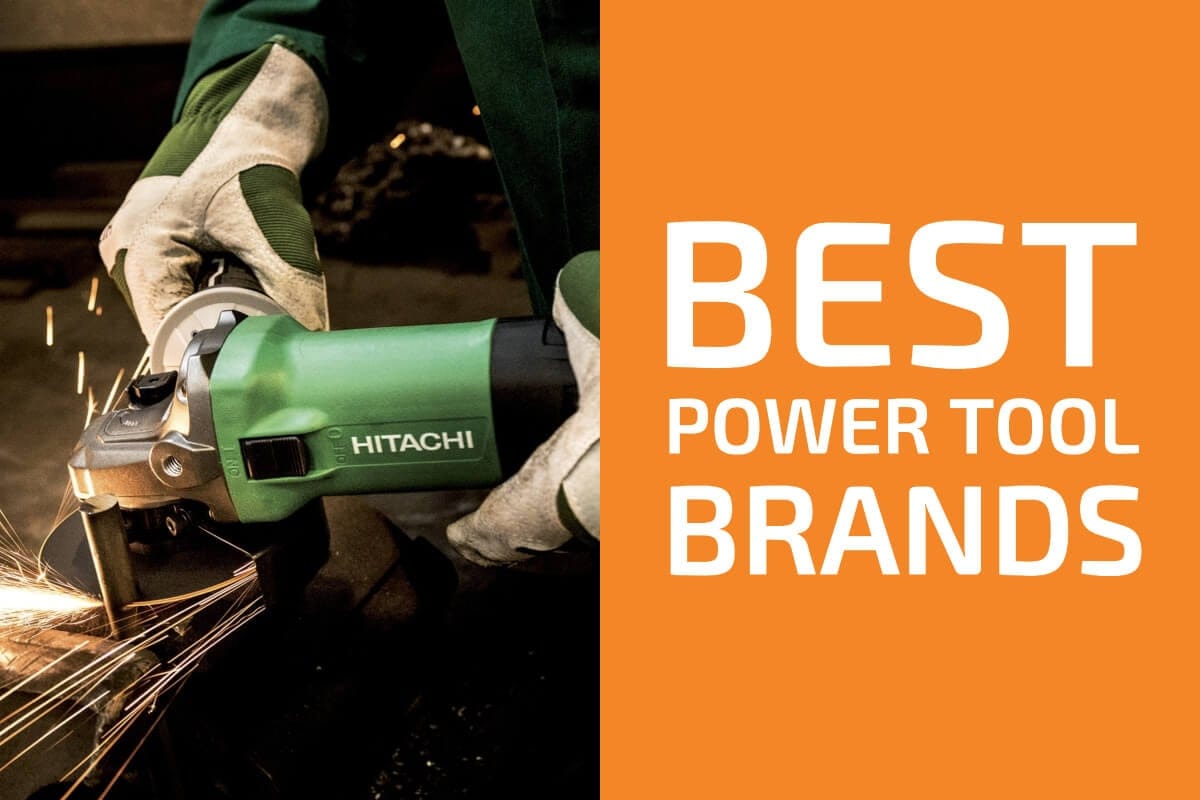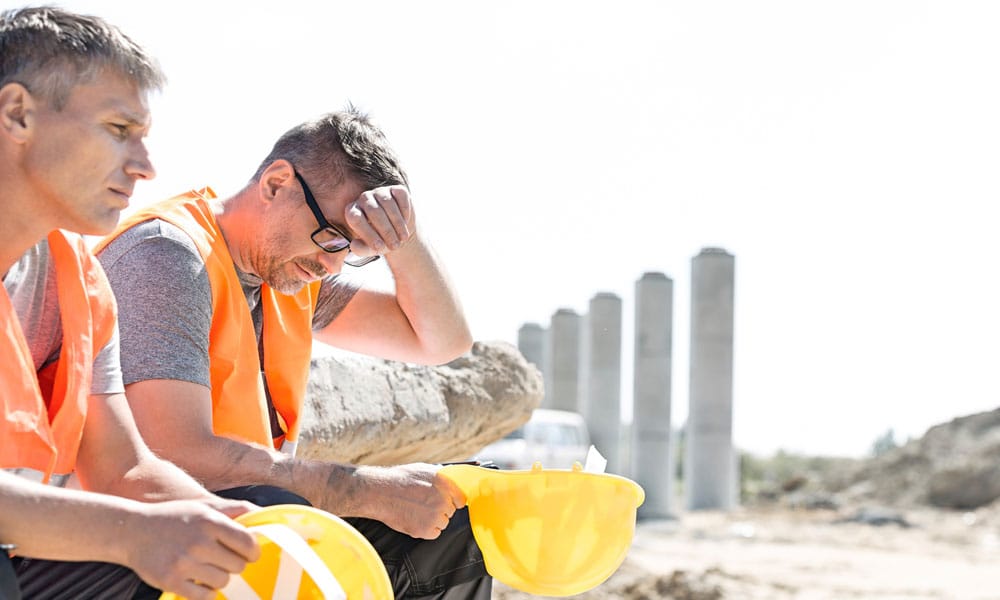On construction sites, the wrong ladder choice slows you down and bumps up risk. The right ladder saves minutes on every task, keeps you steady on uneven surfaces, and helps prevent ladder accidents.
For site supervisors, apprentice tradies, and first-time homeowners tackling a construction project or weekend jobs, picking from the different types of ladders can feel messy.
Do you grab a step ladder, a platform ladder, or an extension ladder? Is aluminium (aluminum) fine, or do you need fibreglass (fiberglass) near power lines and electrical work?
A ladder is a portable access tool that lets you reach higher places quickly for short tasks. On construction sites it sits below scaffolds and EWP (elevating work platforms) in the access hierarchy—great for low-duration jobs, not for long stays at great heights.
Common materials:
- Aluminium (aluminum): light, easy to carry; the most common material on construction sites.
- Fibreglass (fiberglass): non-conductive—better near live circuits and power lines.
- Steel / stainless steel: heavy, tough; used in industrial settings and facilities.
Where ladders fit:
- Ladders: fast, short access.
- Scaffold ladders/platforms: longer periods, multiple workers, heavy tools.
- EWP (elevating work platforms): high places, complex or repeated access, or when a ladder isn’t safe.
When you need a ladder (project types & tasks)
- Framing & inspection: quick looks at trusses, wall heads, or the top of the ladder for fast check-offs.
- Fit-off & maintenance: change light bulbs, access high shelves, run small cables, minor paint touch-ups.
- Short, specific tasks: one person, minimal tools, various heights across the day.
Use platforms/scaffolds/EWP (elevating work platforms) instead:
- Longer periods at elevation (e.g., ceiling batten installs across a whole room).
- Heavy tools or materials (grinders, large ducting).
- Multiple workers sharing access.
- High exposure to falls or uneven surfaces where a ladder can’t sit flat.
Different ladder types (comparison guide)
Materials:
- Aluminium ladders: light, popular choice
- Fibreglass ladders: safer for electrical work
- Steel ladders/stainless steel: niche, industrial facilities
How to choose the best ladder for the job
- 75° rule (4:1 rule) for leaning ladders: for every 4 m up, set the feet 1 m out. Quick check: stand with toes at the feet; arms straight out—your palms should land on a rung at shoulder height.
- Ladder height vs working height: don’t work from the top rung or top cap. Choose a ladder size that puts the work in front of your chest, not above your head.
- Highest point: if you’re pushing the maximum height, swap to a platform, scaffold, or EWP (elevating work platforms).
Duty/load rating
- Read the ladder duty rating label (Domestic/Industrial/Professional) and the load capacity. Include your weight + tools + materials. If unsure, go up a class. Weight limit varies by model—always check the plate.
Environment
- Electrical work / power lines present: Use fibreglass side rails. Avoid metal ladders near live circuits.
- Surface: needs a flat surface. On soft ground, add pads or a board; avoid polished floors without anti-slip feet.
- Weather: wind and rain reduce stability and grip.
Frequency & task type
- Short, specific tasks: step ladders or platform ladders.
- Various tasks across the day: combination / multi-position ladders.
- Tight storage space: telescoping ladder.
- Industrial settings / longer periods: platform/podium with higher duty rating.
Fit & features
- Safety features: slip-resistant feet, wide rungs, handrail/guardrail on podium ladders, clear inspection tags.
- Frame design: stable spreaders, intact hinges, no twist in the side rails.
Safety & compliance
Working-at-heights basics:
- Keep three points of contact while climbing.
- Face the ladder; belt buckle between the side rails—no side-leaning.
- Don’t over-reach. If your belly button passes the rails, climb down and move the ladder.
- No top of the ladder standing (top cap or top step).
- Carry light tools only; use a tool belt or rope/hoist for materials.
- Set the angle (75°), and secure the top or base when you can.
Design & duty ratings
- Use ladders that comply with relevant standards. Check the rating label, maximum height, and weight limit.
Inspection tags
- On construction sites, use a tag system (e.g., colour-coded monthly) to show the ladder has passed checks. No tag or failed check = remove from service.
Who designs and manufactures ladders?
Ladders are designed by specialist manufacturers who work to product standards and test for load capacity, slip resistance, and hinge/spreader strength.
Models are usually sold in two broad categories:
- Domestic / household use: lighter frames, lower duty ratings, common for indoor projects.
- Industrial / professional use: heavier frames, higher duty ratings, suited to construction sites and industrial facilities.
What to look for, brand aside:
- Clear labels: ladder duty rating, model, serial, maximum weight, instructions.
- Consistent welds / rivets: no cracks or movement at rung joints.
- Even feet: replaceable, slip-resistant bases.
- Spare parts & service: feet, locks, spreaders, and inspection labels available.
Common mistakes and how to avoid them
- Over-reach: move the ladder so the job sits in front of you.
- Wrong angle: apply the 4:1 rule; tie off where possible.
- Damaged feet or slippery surfaces: replace worn feet; clean up dust/paint.
- Top-step/top-cap misuse: the top is not a working step.
- Unsecured base or top: lash or stabilise; avoid doors, traffic paths, and wind.
- Metal ladders near live circuits: use fibreglass ladders for electrical work.
- Worn locks/hinges on multi-position ladders: inspect the hinged design before use.
- Wrong ladder for the job: longer periods, heavy tools, or specific uses (e.g., ceiling installs)? Choose a platform ladder, scaffold, or EWP.
- Using on uneven surfaces: tripod for rough ground, or level the site; never shim with loose off-cuts.
- Ignoring the weight limit: add up how much weight (you + tools + materials) and check the ladder size and rating.
Care, inspection, and lifespan
Storage
- Store dry, out of sun and weather; hang or rack to avoid bends.
- Keep telescoping ladders clean so locks slide freely.
- Protect fibreglass ladders from UV and harsh chemicals to prevent surface chalking.
Cleaning & minor maintenance
- Wipe rails/rungs; remove paint, oil, mud.
- Check side rails, rungs, spreaders, and fasteners; tighten where allowed by the maker.
- Replace worn feet, labels, and inspection tags.
Periodic checks (quick routine)
- Before each use: feet, rungs, locks, spreaders, feet pads, twist—all sound?
- Monthly (tag cycle): full look-over; check frame design integrity; confirm duty rating label is readable.
- After incidents: if dropped, struck, or bent—inspect or retire.
When to retire a ladder
- Bent or cracked rails, loose rungs, or any twist that won’t square up.
- Missing labels (rating/height) that you can’t replace.
- Corrosion on metal ladders or fibre bloom and delamination on fibreglass.
- Locks or hinges that won’t hold on multi-position ladders.
- Any ladder involved in a fall. Replace it; don’t gamble—ladder safety is the top priority for avoiding fatal accidents.
Conclusion — quick wins for safer, faster work
Pick the right ladder and half the battle is won. Ladders are an essential tool on construction sites, but only when they match the task, height, and environment.
Here’s the short version to work safer and faster:
1) Match ladder type to the task
- Step ladder / platform ladder for short, repetitive work at one level.
- Extension or straight/single ladder for quick lean-to access—use the 75° rule and tie off.
- Multi-position / combination ladders when your day involves various tasks.
- Telescoping models when storage space or vehicle room is tight.
- Trestles + planks for low, longer runs—treat them like a platform, not a shortcut.
2) Size for reach—not for bravado
- Choose a ladder height that keeps the job at chest level.
- Never use the top step or top cap as a working step.
- If you’re chasing the maximum height, step up to a platform, scaffold, or EWP.
3) Respect ratings and materials
- Check the ladder duty rating and load capacity (you + tools + materials).
- Fibreglass ladders near power lines or any electrical work; aluminium for light carry; steel/stainless only for niche industrial use.
4) Set up like a pro
- Flat, stable surface; level soft ground with a board if needed.
- Leaning ladders at 4:1; secure the top or base.
- Keep three points of contact and move the ladder—don’t over-reach.
5) Inspect, tag, and retire
- Quick check before every climb: feet, rungs, spreaders/hinges, locks, labels.
- Use inspection tags on site.
- Any twist, crack, or bent side rails? Retire it. A cheap ladder is expensive after a fall.
If you treat ladder choice like a mini pre-start—type, height, rating, surface—you’ll work faster, waste less time repositioning, and keep ladder safety front and centre. That’s how the best ladders pay you back: fewer slips, cleaner setups, and steady progress on every job.
FAQs: Construction ladders
1) What’s the difference between domestic and industrial duty ratings?
Domestic ladders suit light, occasional use. Industrial ladders are built for construction sites and heavier loads. Always check the ladder duty rating plate and load capacity (maximum weight).
2) How do I choose the right ladder height for roof or façade work?
For extension ladders, set a 75° (4:1) angle and extend at least about a metre past the stepping-off point so you’ve got something to hold. Never work from the top rungs; pick a ladder size that keeps the task at chest height.
3) Can I use aluminium ladders for electrical work?
No—keep metal ladders away from power lines and live circuits. Use a fibreglass ladder (non-conductive side rails) for electrical work.
4) When should I pick a platform/podium ladder over a step ladder?
If you’re doing repetitive tasks at one level for longer than a quick job, a platform ladder (self-supporting) gives you a larger standing area and often guardrails. It’s steadier and less tiring than balancing on rungs.
5) Are telescoping ladders safe?
Yes, if they meet standards, locks are clean, and you respect the weight limit. Keep grit out of the sliding sections, inspect the locks, and don’t use if any section feels loose or sticky.
6) What causes most ladder accidents?
Over-reach, the wrong angle, slippery or damaged feet, and standing on the top of the ladder (top cap/step). Fix the setup, keep three points of contact, and move the ladder instead of stretching.
7) Can two people use one ladder at the same time?
Generally no—most portable ladders are rated for one person. For two people at height, use trestle ladders with a plank (set up as a small platform) or move to scaffold/EWP.
8) How often should ladders be inspected?
Every use (quick check) and a regular full check on a tag cycle (e.g., monthly on sites). If a ladder is dropped, bent, or has loose side rails/hinges, retire it.
9) What exactly counts toward load capacity?
Your body weight + PPE + tools/materials in hand or belt. Compare that total to the ladder’s load capacity/maximum weight and choose the higher duty rating if you’re unsure.
10) Can I use a ladder on stairs or uneven ground?
Only with ladders designed for it—multi-position/multipurpose ladders set for stairs, or tripod ladders outdoors on uneven surfaces. Otherwise level the base or pick a safer system (scaffold/EWP).
Further Reading

